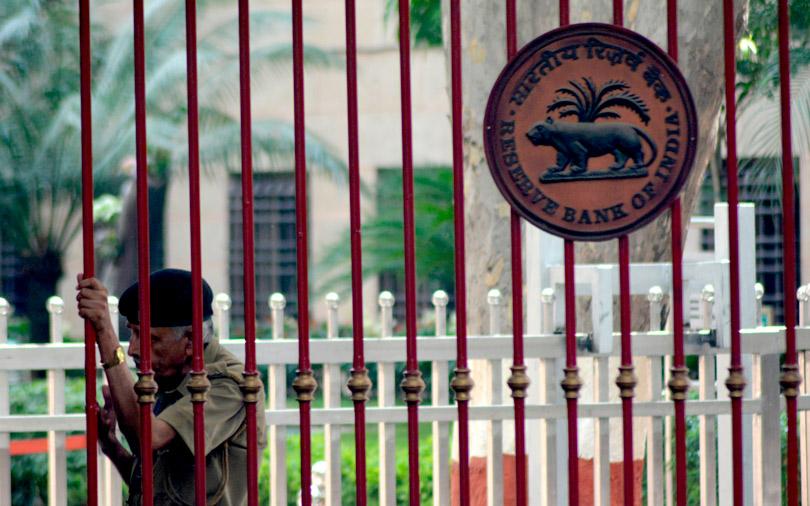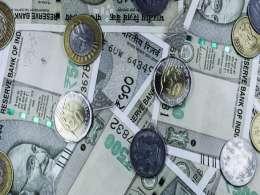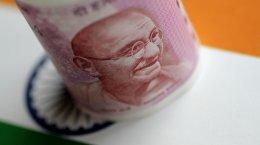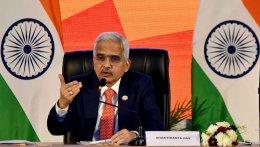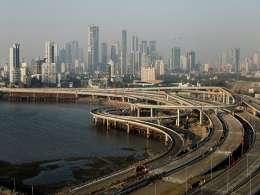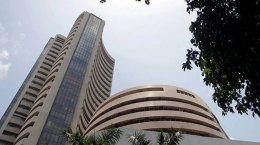The Reserve Bank of India (RBI) on Wednesday raised the benchmark lending rate for the time in more than four years, in an attempt to battle inflationary pressures and check capital outflows.
The central bank’s monetary policy committee (MPC) voted to increase the repo rate to 6.25% from 6% but, surprisingly, kept the policy stance “neutralâ€. This is the first rate hike since January 2014, meaning it’s the first since the Narendra Modi-led government took office in May 2014.
The RBI, however, did revise its projection of retail inflation to 4.8-4.9% for the first half of 2018-19 and 4.7% for the second half of the financial year. That’s higher than its medium-term target of 4%.
Rising crude and commodity prices have resulted in higher retail inflation, RBI governor Urjit Patel said.
What does the RBI move mean for the economy?
For one, it means that economic revival is on a sound footing and the aftereffects of a slowdown following the shock November 2016 decision to withdraw high-value bank notes may have passed.
“The MPC notes that domestic economic activity has exhibited sustained revival in recent quarters and the output gap has almost closed,†the RBI said in its bi-monthly policy statement. “Investment activity, in particular, is recovering well and could receive a further boost from swift resolution of distressed sectors of the economy under the Insolvency and Bankruptcy Code,†the central bank added.
In fact, the RBI says industrial growth has strengthened in the last three quarters leading up to the fourth quarter of 2017-18. Also, supply-side estimates of agriculture and allied activities have been revised upwards.
Yet, the RBI also raises several red herrings that pose a threat to India’s economy recovery. These risks include volatility in global markets, geopolitical risks and the looming threat of trade protectionism by economies like the United States.
What does it mean for markets and investors?
Stock market investors appear to be unperturbed about the rate hike. The benchmark BSE Sensex initially fell after the rate hike announcement but later recouped the losses and closed 0.8% higher at 35,178.88. Bond yields rose while the rupee strengthened.
The RBI’s rate hike comes two months after the US Federal Reserve increased interest rates in March and forecast at least two more hikes this year.
India isn’t the only emerging-market economy to increase rates. Indonesia, which, like India, is dependent on oil imports, hiked interest rates twice in the last month. Turkey did the same, raising rates by as much as 300 basis points. China and the Philippines, too, have increased interest rates this year.
Higher interest rates in the US rattle emerging economies as investors shift capital from these riskier markets to the world’s biggest economy. In India, foreign portfolio investors and foreign institutional investors have pulled out a total of Rs 29,560 crore (or $4.4 billion at current exchange rates) from the equity and debt markets so far this year. While the debt market recorded outflows of Rs 30,536 crore, the equity markets recorded inflows of a meager Rs 989 crore. Today’s rate hike could possibly stem this capital outflow, especially from the debt markets.
What does it mean for borrowers and savers?
Although the central bank did raise the priority eligibility gap for lower-income group borrowers, home loan rates are likely to inch up as banks will begin raising their marginal cost-based lending rates.
In fact, several banks and mortgage lenders including the State Bank of India, HDFC Ltd, Punjab National Bank, ICICI Bank and Kotak Mahindra Bank have already raised rates in the recent past.
Shishir Baijal, chairman and managing director at real estate consultancy Knight Frank India, said the rate hike will delay the revival of the housing market, which after suffering a prolonged period of slump has just begun to show early signs of improvement on account of uptick in affordable housing.
Interest rates on other loans, including personal loans, could rise too. On the other hand, rates on bank fixed deposits could increase as well.
Anita Gandhi, whole-time director at Arihant Capital Markets, said the recent increase in crude prices and higher GDP growth for the last quarter of 2017-18 suggest that inflation trajectory may be on the higher side. “Though this (rate hike) may put some pressure on borrowers, it is positive news for the savers in the economy,†she said.
Are more rate hikes in the offing?
Although the central bank has kept a neutral stance, a future rate hike later in the year cannot be ruled out.
“This is not likely to be end of the hike cycle as domestic price risks such as MSP (minimum support price for farmers) hikes and firm global commodity prices would warrant further monetary action,†says Abheek Barua, chief economist at HDFC Bank.
Most economists and analysts predict another rate hike in August, when the RBI meets next, or before the end of 2018. A hike in August would suit Modi’s Bharatiya Janata Party better as it faces elections in three large states by December and general elections by May next year. To be sure, the government doesn't have any direct control over the RBI and interest rates are decided by the six-member monetary policy committee that includes the central bank governor.
YES Bank managing director and CEO Rana Kapoor said the RBI has balanced the rate hike with a “neutral†stance. This stance allows the RBI the choice to act in accordance with evolving macro and financial conditions, in both global and domestic economy in coming months.
“Amidst many moving parts, this will entail a careful balancing of global headwinds from elevated crude prices, geopolitical tensions, domestic policies of MSPs, and state pay commissions on growth-inflation dynamics,†Kapoor said.
